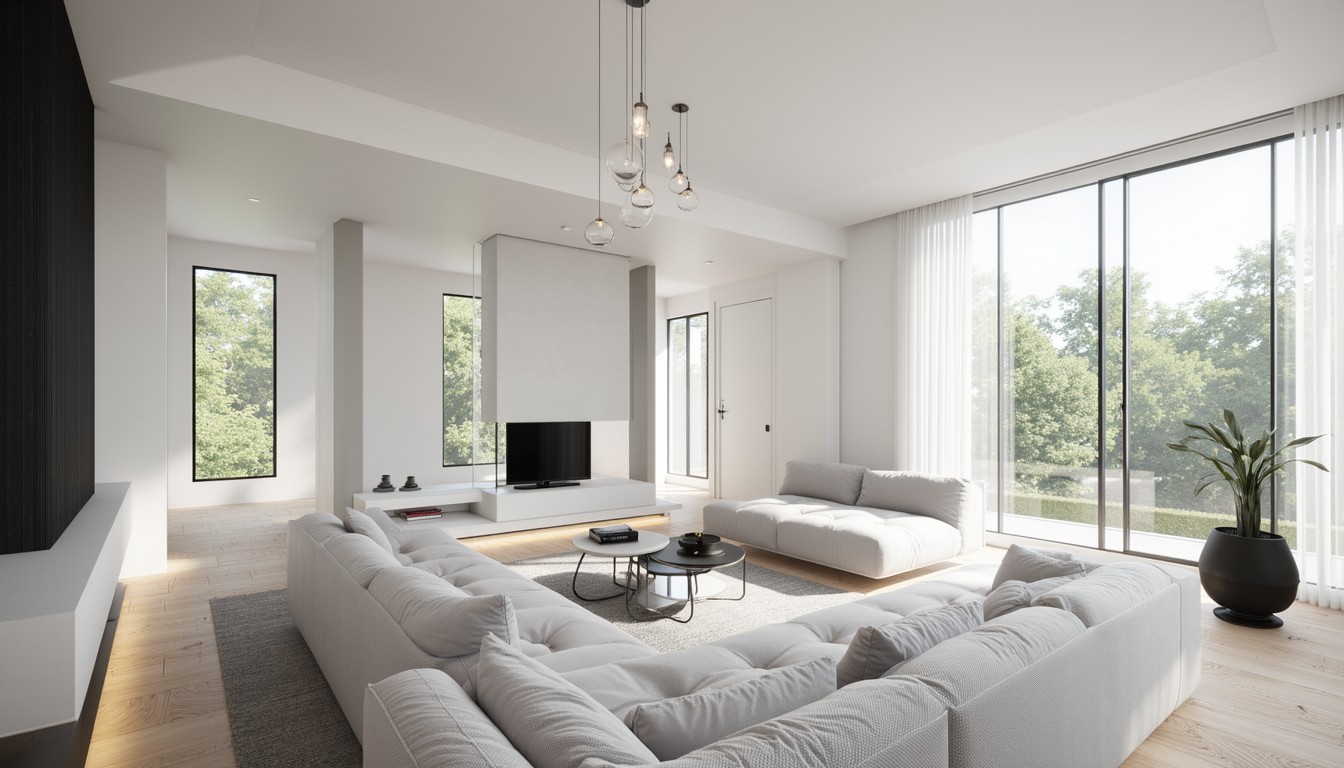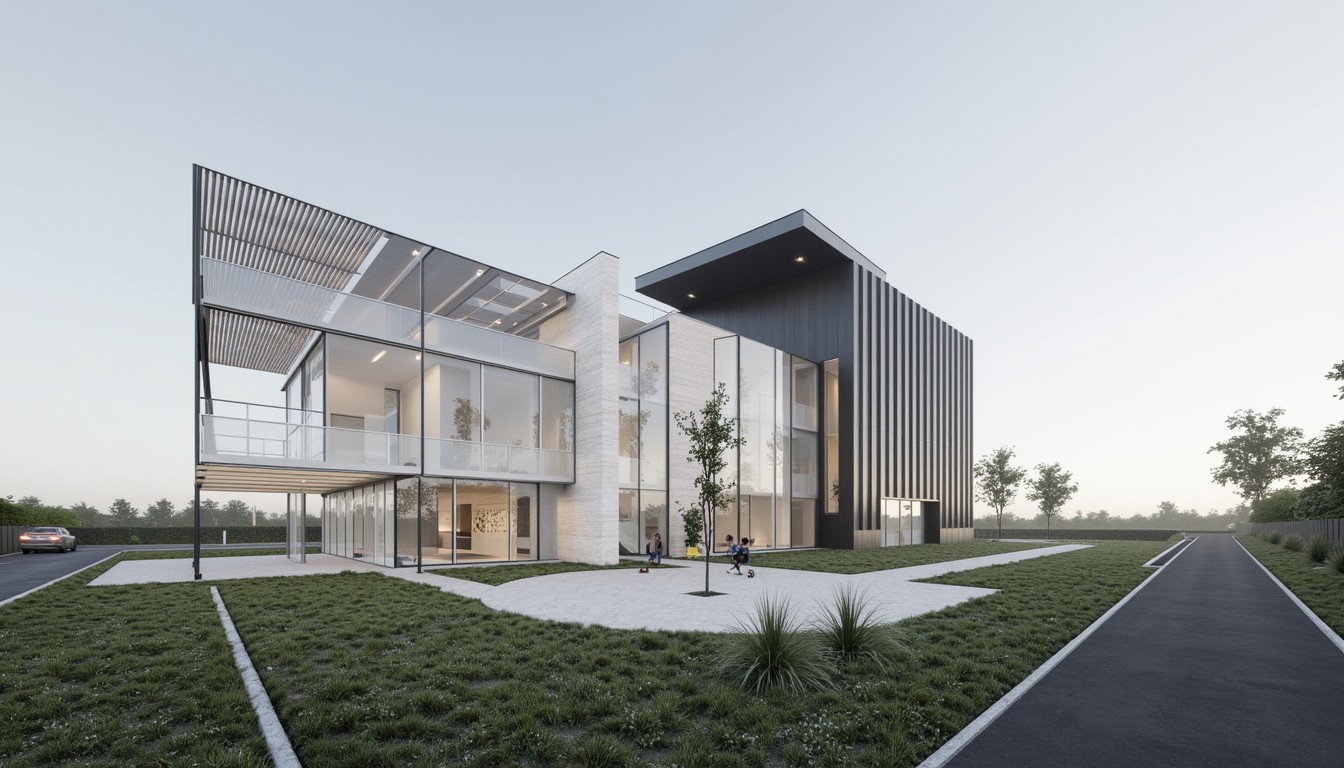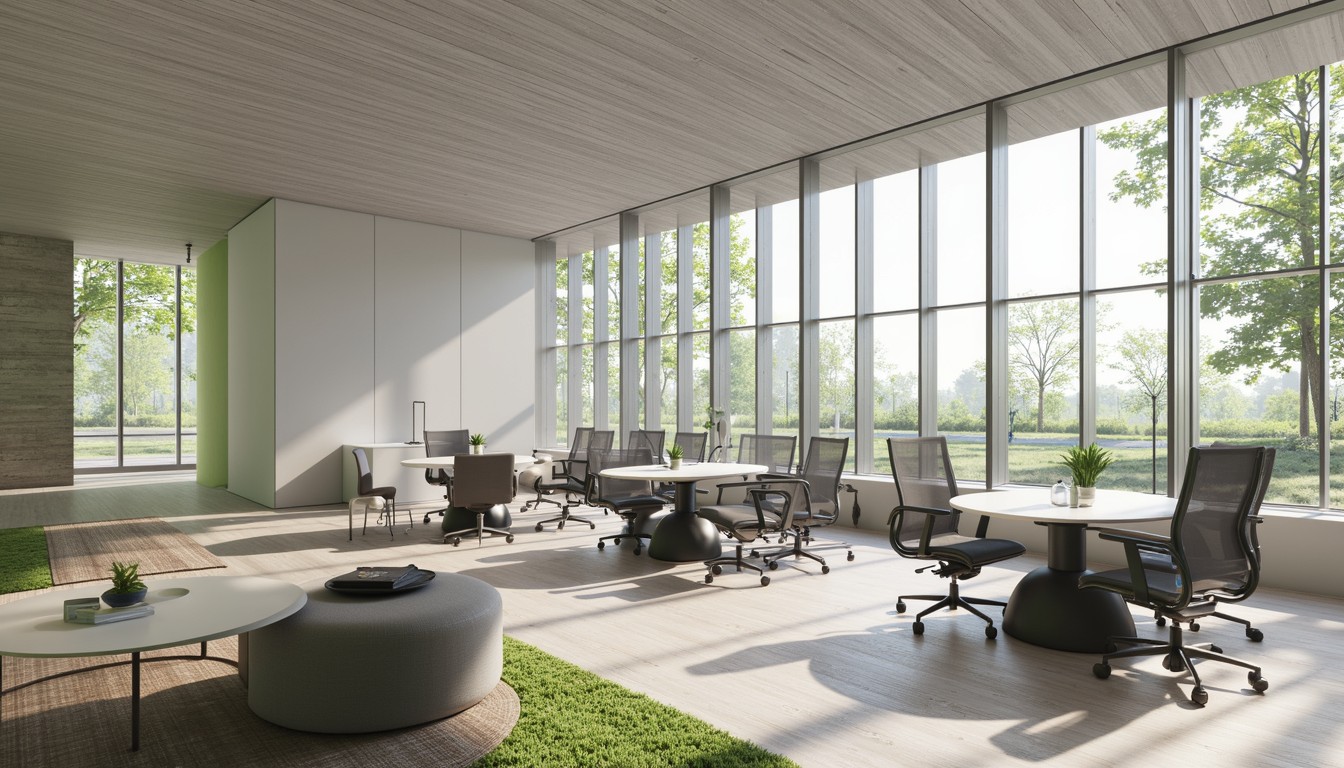Immersive Design: Revolutionizing Architecture with VR & AR
The architectural landscape is undergoing a dramatic transformation, driven by technological advancements that blur the lines between the physical and digital worlds. At the forefront of this revolution are Virtual Reality (VR) and Augmented Reality (AR), offering architects and their clients unprecedented opportunities for immersive design experiences. ArchNav, a leader in architectural visualization, is harnessing the power of these technologies to redefine how buildings are designed, presented, and experienced.
Understanding VR and AR in Architectural Visualization

Virtual Reality (VR) creates a completely immersive, computer-generated environment. Architects can use VR headsets to step inside their digital models, experiencing the space at a scale and level of detail impossible with traditional 2D renderings. This allows for a more intuitive understanding of spatial relationships, light, and materiality. VR offers a powerful tool for design review, client presentations, and even user experience testing before construction begins.
Augmented Reality (AR) overlays digital information onto the real world. Using smartphones or tablets, architects and clients can visualize a proposed building superimposed onto the existing site. This allows for a contextual understanding of how the design integrates with its surroundings. AR is particularly useful for site analysis, urban planning, and demonstrating the impact of a design on the surrounding environment.
Real-World Applications of VR and AR in Architecture

1. Enhanced Client Collaboration and Communication:
VR and AR drastically improve client communication. Instead of relying on static images or 2D plans, clients can experience the design firsthand, leading to better understanding, quicker decision-making, and reduced revisions. This immersive approach fosters stronger client relationships and increases their confidence in the design process.
2. Improved Design Review and Iteration:
VR allows architects to identify design flaws and potential issues early in the process. By walking through the virtual model, they can spot problems with circulation, lighting, or spatial relationships that might be missed in 2D plans. This iterative design process leads to a more refined and efficient final product.
3. Realistic Material Selection and Presentation:
VR and AR enable architects to showcase materials realistically. Clients can experience the textures, colors, and finishes of various materials in the context of the design, helping them make informed decisions about material selection. This eliminates the guesswork and ensures the final product aligns perfectly with the client's vision.
4. Site Analysis and Urban Planning:
AR is invaluable for site analysis and urban planning. Architects can overlay their designs onto the existing site to assess sun exposure, views, and the impact on the surrounding environment. This allows for a more comprehensive understanding of the design's context and its potential impact.
5. Construction Visualization and Pre-Construction Planning:
VR can be used to create immersive walkthroughs for construction crews, providing a clear understanding of the building's structure and systems. This aids in pre-construction planning, reduces errors, and improves the overall efficiency of the construction process.
The Future of Immersive Design in Architecture

The integration of VR and AR in architecture is only beginning. As technology continues to advance, we can expect even more sophisticated and realistic immersive experiences. The development of haptic feedback, improved rendering capabilities, and wider accessibility will further revolutionize the way buildings are designed and experienced. We can anticipate a future where virtual design reviews become standard practice, and clients can actively participate in the design process through immersive technology.
ArchNav: Your Partner in Immersive Architectural Visualization
ArchNav is at the forefront of this technological revolution, providing cutting-edge architectural visualization services powered by VR and AR. We leverage the latest advancements in technology to create immersive experiences that exceed client expectations. Our team of experienced professionals combines artistic vision with technical expertise to deliver high-quality visualizations that enhance design communication and accelerate the design process. Contact ArchNav today to learn how we can help you leverage the power of immersive design to transform your architectural projects.
